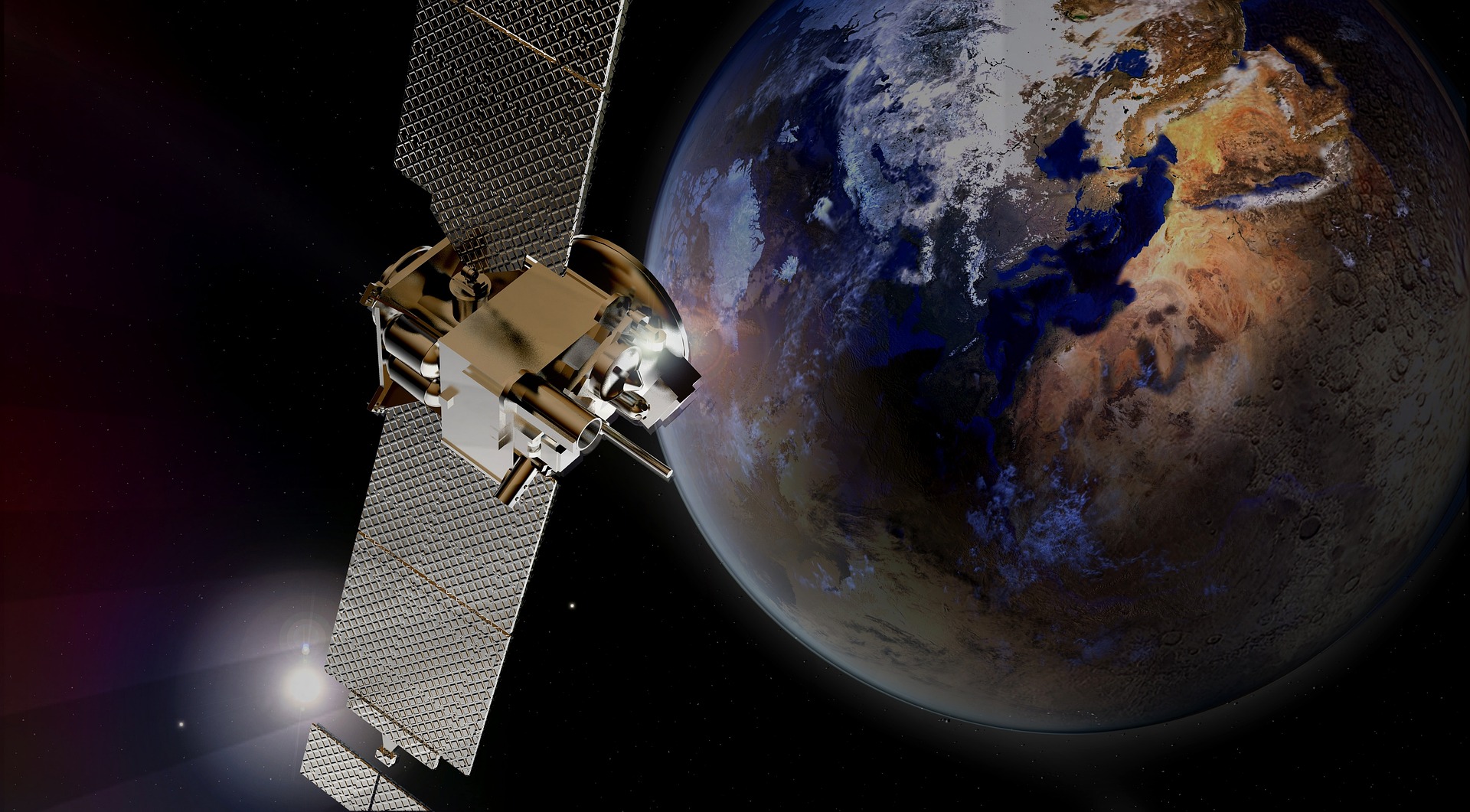Decoding the Future: The Emergence of Terahertz Communication
The world of internet and telecommunications is on the brink of a groundbreaking transformation. Not 5G, not IoT, but a lesser-known yet highly potent technology is ready to disrupt the status quo. Terahertz communication, yes, you read it right. This article will usher you into the fascinating world of terahertz communication, its potential impact, challenges, and practical applications.
Terahertz Communication: A Historical Context
Terahertz communication, an avant-garde technology, operates in the terahertz frequency range (0.1-10 THz). Since the 1990s, scientists worldwide have been intrigued by the vast, unexplored potential of this frequency band. The terahertz band, sandwiched between microwave and infrared frequencies, remained relatively unexplored for years due to the lack of suitable transmitter and receiver technology. However, recent advancements in semiconductor technology have opened up new possibilities for exploiting this ‘terahertz gap.’
The Promise of Terahertz Communication
Terahertz communication promises to revolutionize the telecommunications industry with its ultra-high-speed data transmission capabilities. The vast bandwidth available in the terahertz range can potentially support data rates of up to 100 Gbps, far exceeding the capabilities of current 4G and even 5G technologies. This could profoundly impact sectors such as cloud computing, data centers, and autonomous vehicles, where high-speed data transmission is critical.
Regulatory Challenges and Industry Trends
Despite its potential, the commercial deployment of terahertz communication faces regulatory and technical challenges. The terahertz frequency band is currently unlicensed, and there are no established standards for its use. This lack of regulation has resulted in a ‘wild west’ situation, with different countries adopting different policies. However, bodies like the Federal Communications Commission (FCC) in the United States and the International Telecommunication Union (ITU) are taking steps to formulate policies and guidelines for terahertz communication.
Practical Applications and Impact of Terahertz Communication
Terahertz communication, once fully developed, could have a profound impact on various sectors. For example, in healthcare, terahertz imaging could revolutionize medical diagnostics by providing high-resolution, non-invasive imaging. In security and surveillance, terahertz scanners could detect concealed weapons and explosives, enhancing public safety. In telecommunications, terahertz communication could support the next generation of ultra-high-speed networks.
The Road Ahead
While the potential of terahertz communication is immense, it’s still in its early stages of development. It will require significant investment in research and development, infrastructure, and regulatory frameworks. Nonetheless, the promise of ultra-high-speed communication is too great to ignore. As we move forward into the digital age, terahertz communication is poised to play a pivotal role in shaping our connected future.
In conclusion, terahertz communication is a fascinating field of study, offering insights into the future of telecommunications. Its potential to revolutionize industries from healthcare to security is immense. However, realizing this potential will require overcoming significant challenges, both regulatory and technical. Yet, the journey towards harnessing the power of terahertz frequencies promises to be an exciting one, full of discovery and innovation.





